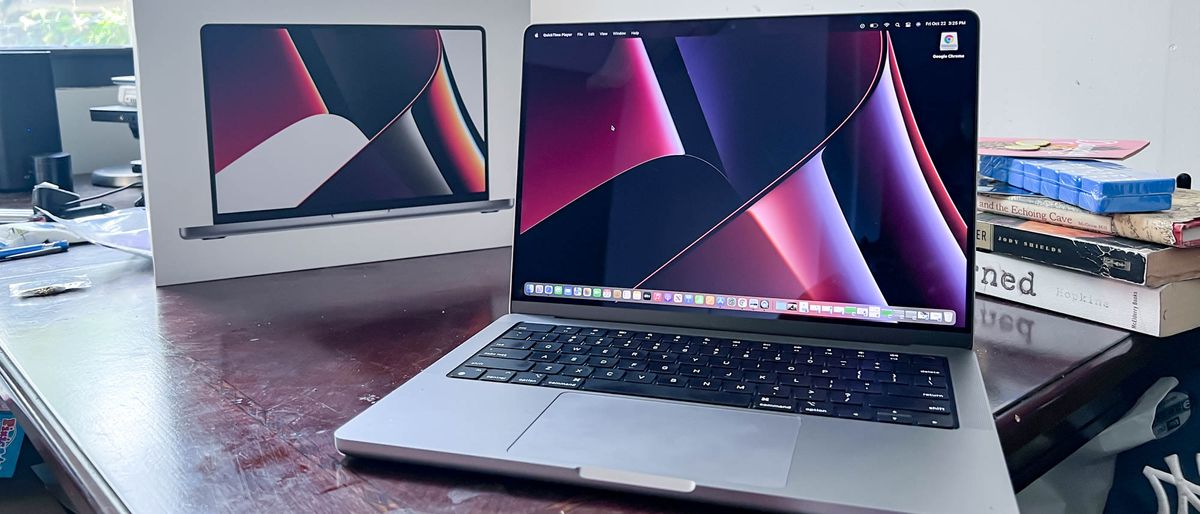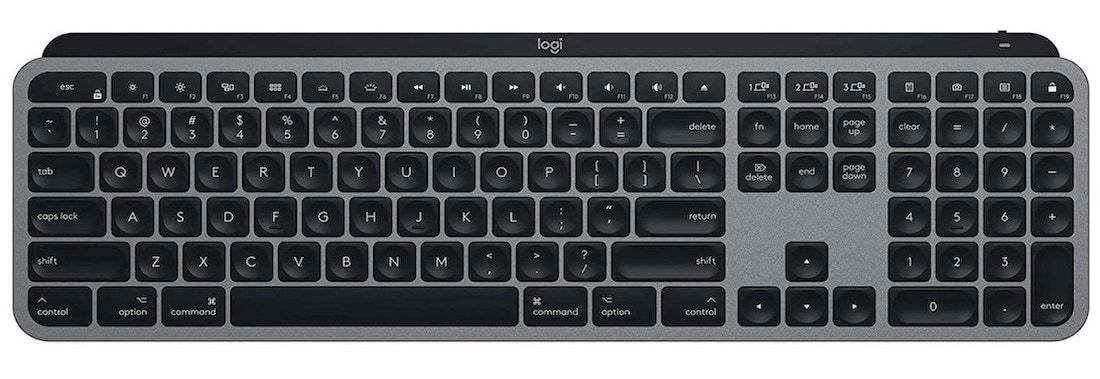
The other big step up is that the M1 Mac Mini offers an 8-core GPU which offers a 6x jump in graphics performance. For one, M1 Macs can run iPhone and iPad apps from developers that opt in.

While the transition is slated to take place over a couple of years, it’s clear developers are moving to M1 versions of their apps already.īut what does the M1 really offer? Aside from smaller, quality-of-life changes like instant-waking and a whisper-quiet design, there are larger changes, too. That said, all of Apple’s own apps, and a growing number of third-party options, are firing on all cylinders on the new architecture. At present, apps not built for the M1 will still run using Apple’s “Rosetta” emulation - but outside of a brief moment when booting it for the first time, you won’t notice a different. With the existing software library for Mac built for Intel chips, there’s somewhat of a transition going on. (Image credit: Apple) Apple Mac Mini: Features and compatibility Apple Mac Mini (Silver) at Best Buy for $549 (opens in new tab).It sits highly on our list of the best home computers (opens in new tab), and here's what you need to know. That takes the gloss off the price, somewhat, but the joy of the Mac Mini is that it’s capable of powering almost anything you throw at it. Unlike the iMac range (opens in new tab) of all-in-one PCs, the Mac mini is just a box and a power cable - so you’d need to buy a keyboard, mouse, and even a monitor if you want to use it. Whichever model you pick up, though, you’ll need to add a few extras to your basket. That also means that while Apple still offers a more expensive Intel version of the Mac mini, it’s nigh-impossible to recommend.



This 8-core chip offers a threefold speed improvement on the previous generation, making it a powerhouse computer at a mid-range price. That’s because the M1 chip essentially manages a little bit of everything - the CPU, GPU, and plenty more. Now, though, the Mac mini has come into its own.


 0 kommentar(er)
0 kommentar(er)
